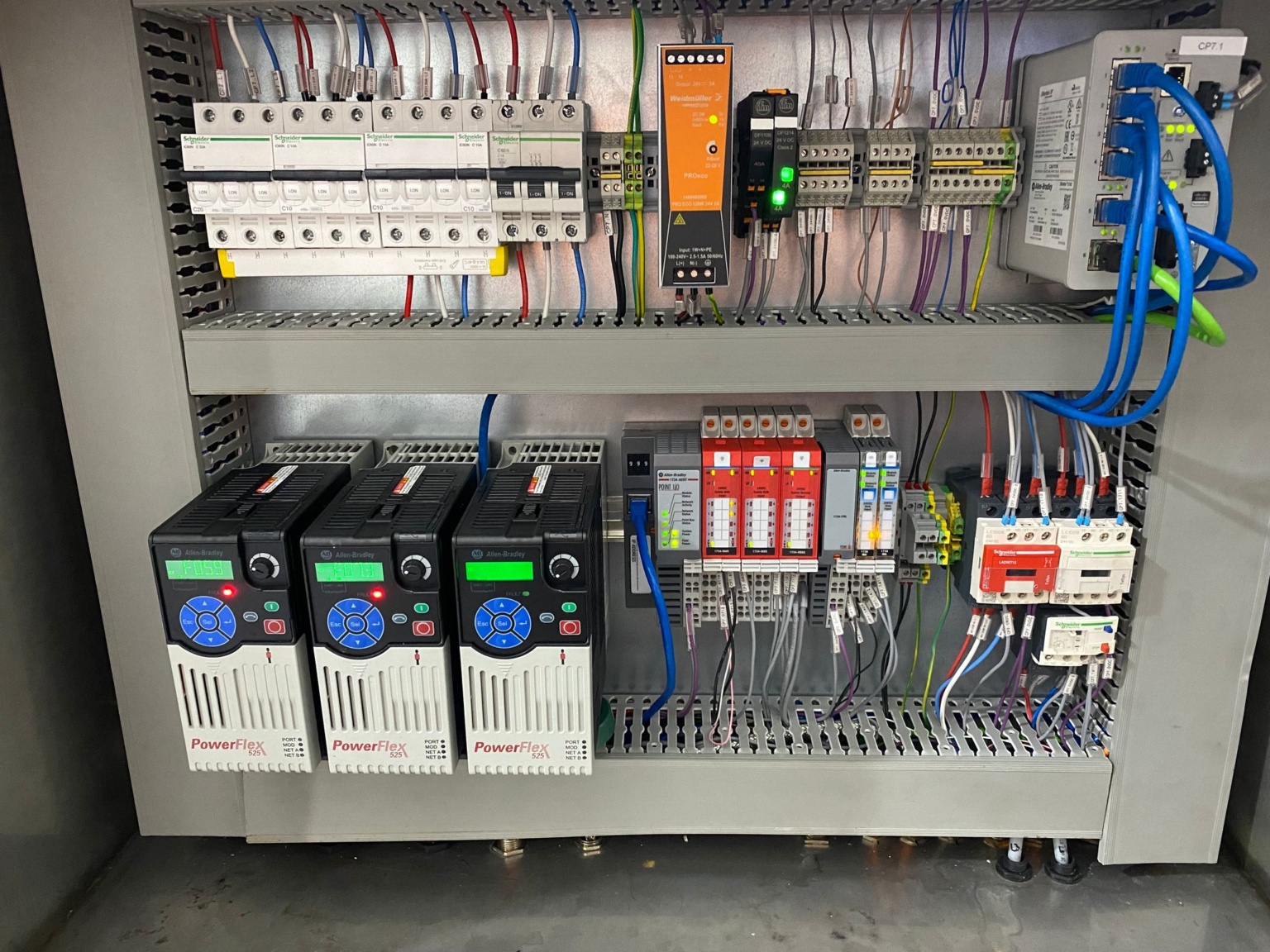Regular electrical fault finding for your industrial enterprise will save you time and money as your electrical systems start malfunctioning over time. This is because regular maintenance ensures problems are found early, saving you headaches in the long run.
Consequently, electrical fault finding requires a person with specialised knowledge to pinpoint the fault in an electrical system.
Many advantages come with accurately detecting faults in industrial electrical equipment. For one, this can go a long way in preventing the complete breakdown of the electrical installation.
This article will be taking a close look at electrical fault finding. Specifically, this will cover what it means for an electrical circuit not to work and how to find a faulty electrical circuit. If you need help identifying an electrical fault for your business, contact us today.
5 Steps to Finding Faults in an Electrical Circuit
Here are the 5 steps to finding a fault in an electrical circuit:
#1. Turn off All Circuit Breakers
When there is an electrical fault, the main switch in your fuse box will usually trip (this is generally the large red switch or should at least be labelled as such). In this situation, the first step in finding the fault should be turning off all the other circuit breakers as well.
#2. Turn on the Main Switch
After all the other circuit breakers are off, the next step is to turn the main switch back on again. This will not restore power to your home as all of the other circuit breakers should remain turned off.
#3. Switch on the Circuit Breakers One by One
To detect the fault’s area, switch on the circuit breakers one by one, remembering to turn off the previous one as you work your way through them. When doing this, the circuit breaker for the faulty circuit should trip the main switch back off. Typically, circuit breakers trip due to a power surge/excessive current or a defective component. Performing this step helps narrow down which section of the house it is coming from.
#4. Turn off Circuit Breakers
Turning off all circuit breakers again is the next line of action after the identification of the affected circuit breaker.
#5. Turn the Main Switch and Functioning Circuit Breakers Back On
Now you can turn the main switch and other functioning circuit breakers back on. However, the compromised breaker should remain off until you have resolved the issue or contacted a professional electrician.
A power surge can often be why an industrial electrical circuit stops working, especially if it has no circuit breaker.
An excessive electrical current can cause the components of a circuit to overheat, eventually leading to a fire or an explosion. A circuit breaker prevents this from interrupting the excessive electric current flowing through the course into an electrical installation.
Consequently, this protects the circuit, including the industrial equipment, from getting damaged.
What to Do if an Electrical Circuit Is Not Working
It takes a professional electrical engineer to precisely determine the part of an industrial electrical installation that is faulty. This is because a professional industrial electrician has the experience and tools required.
However, there are some steps that a non-professional can follow, especially when trying to find a faulty electrical circuit.
This will help prevent further damage to the industrial electrical equipment and reduce the risk of fire and electrocution.
General Causes of Electrical Faults
There are several reasons for industrial electrical faults. These are some of the general reasons:
#1. Poor Wiring
Poor wiring is one of the main reasons for electrical faults in industries. That is why hiring a professional industrial electrician for any electrical installation is essential.
#2. Overheating
Some electrical appliances can generate so much heat that, over time, they tend to malfunction if left unchecked. One of the ways to counter the excessive heat generated by an appliance is through the use of heat-dissipating systems and regular maintenance.
#3. Improper Installation
Failing to follow the manufacturer’s installation guide can lead to an industrial electrical fault. However, not just any electrician can thoroughly follow the manufacturer’s manual when installing industrial equipment. It takes a professional industrial electrician to install industrial equipment accurately.
#4. Overloading
An electrical fault can also occur when many appliances are connected to a particular circuit. Specifically, this will overload the circuit and cause it to overheat when the demand exceeds what it can produce. When a circuit overheats, it can damage the devices connected to it and even lead to a fire.
Ways to Prevent an Industrial Electrical Fault
Knowing the steps to prevent and diagnose an industrial electrical fault can help reduce the chances of it happening.
A professional industrial electrician can carry out the correct installation of all industrial electrical equipment. Consequently, this will eliminate situations where a circuit has too many appliances attached to it.
Contact a Professional Industrial Electrician
At Industrial Power and Automation, we have a team of experienced industrial electricians with the necessary tools to provide any industrial electrical service. This involves electrical fault finding, whether in an industrial machine or a programmable logic controller (PLC).
With over 30 years of experience, we have built a name for ourselves in Brisbane and the Gold Coast. We pride ourselves on making use of the most current knowledge on electrical installation and repair technology.
Contact us today to get the best industrial electrical services both in Brisbane and Gold Coast.









